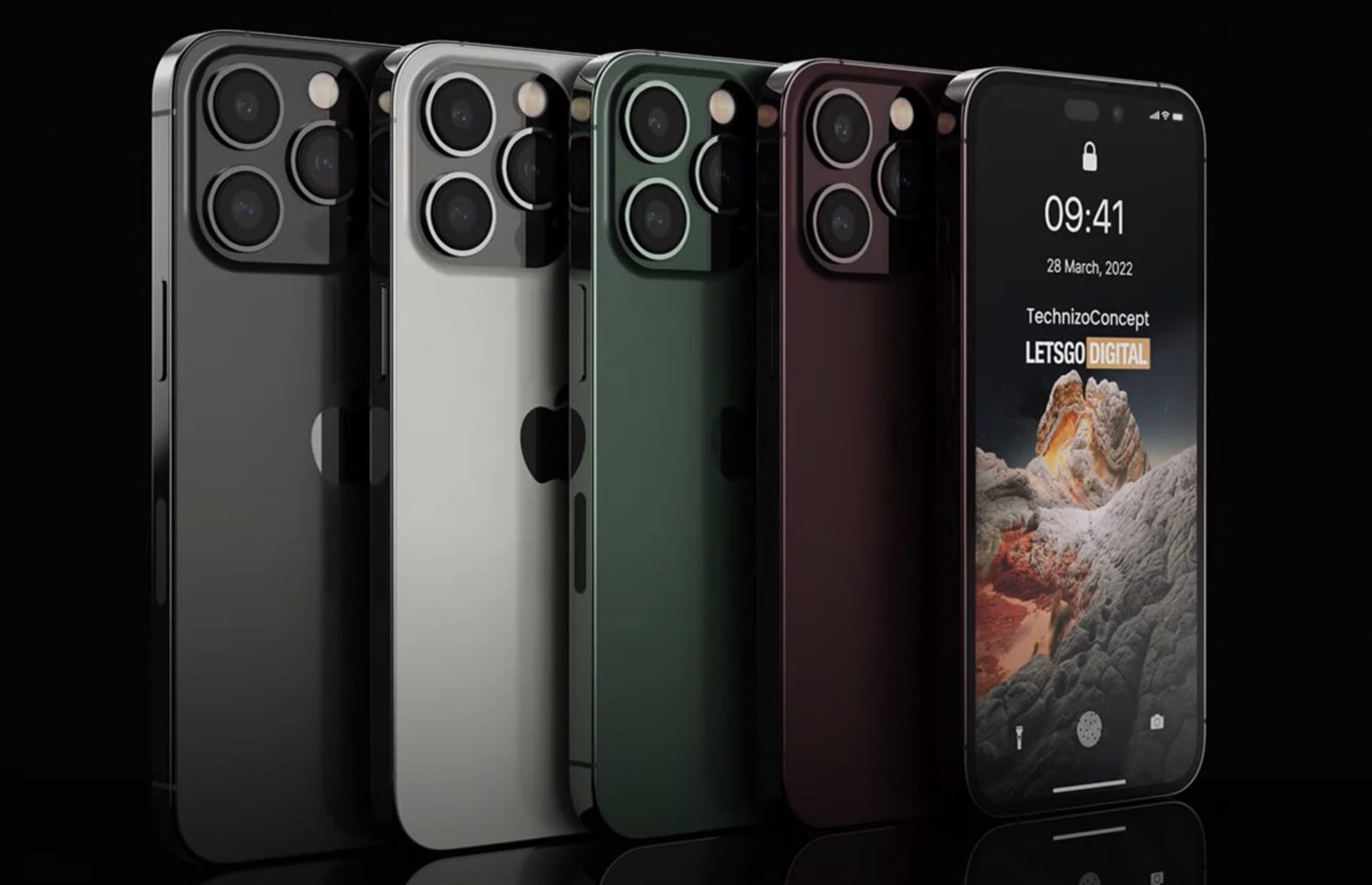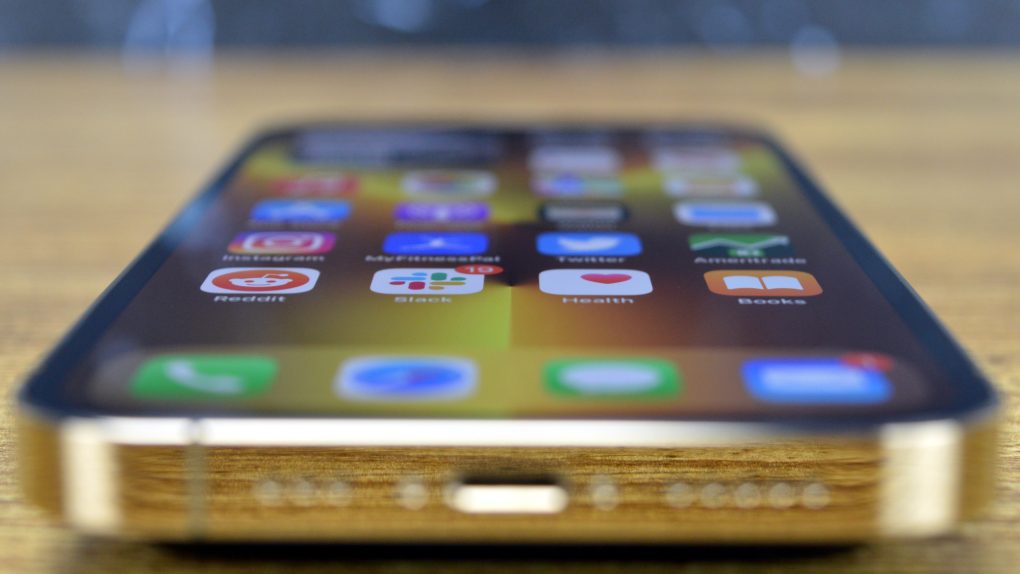The foldable iPhone rumor keeps coming back with some regularity. It’s still unclear when Apple will launch an iPhone with a foldable display or whether Apple even wants to make a foldable iPhone. But the company is certainly studying the technology required to make such devices possible. That’s according to various rumors from different sources in the past few years.
Considering that many Android vendors have released foldable handsets or are planning to make them, it makes sense to see Apple look at the technology. And a brand new report from Asia indicates that Apple is developing a brand new type of OLED display that might be suitable for foldable phones.
Apple’s new OLED panel tech
According to The Elec, Apple kicked off the development of an OLED panel without a polarizer layer on top. Such a display would be thinner than other smartphone screens, allowing Apple to use it in a foldable iPhone.
The polarizer allows light to pass through only in a specific direction, improving visibility. But it also impacts the screen’s brightness. Companies make up for the brightness issues by increasing the power consumption. But this measure can affect the display’s life.
Replacing the polarizer layer would fix some of the side effects while also reducing the OLED panel’s thickness. In turn, Apple could use the screen in foldable handsets.

Samsung already has the tech
Apple isn’t the only company studying foldable OLED screens without polarizers. Samsung already made such a display for the Galaxy Z Fold 3 last year. Unlike the foldable iPhone, the Fold series will reach its fourth generation this summer.
The report notes that Samsung replaced the polarizer with a color filter on the thin film encapsulation (CF on TFE). It then added a black pixel define layer that replaced the orange pixel define layer that would have been made of photo-sensitive polyimide. The orange pixel define layer would have reflected light and impacted the contrast ratio.
The result was a foldable panel that offered clear colors through the filter. Samsung refers to these displays in various ways, including ECO2, and Eco Square. Whatever the marketing name, the tech can increase light transmittance by 33% and lower power draw by 25%.
That’s not to say that Apple will use a similar tech on its own foldable display for iPhone. The report doesn’t even offer any details about Apple’s plans.

Why Apple might not make an iPhone with a foldable display
Apple might not even want to make a foldable iPhone, considering the other technology it’s developing. Apple is researching virtual reality (VR) and augmented reality (AR) glasses. The first commercial device will be a mixed reality device combining the two. Later on, AR devices that should resemble prescription glasses would come.
AR and VR can offer much larger screen experiences than any foldable iPhone would. But that technology might be years away.
However, Apple might be interested in folding other devices, including the iPad and MacBook. Foldable displays might help Apple make foldable tablets and laptops that would feature smaller overall footprints. The OLED screen tech described above would also work on iPad and MacBook, not just iPhone. Any foldable device could benefit from a thinner display that’s easier to fold.
Not to mention that other reports have claimed that Apple wants to bring OLED screens to iPad and MacBook in the coming years. Even if Apple didn’t make any foldable device, the OLED panel improvements above would benefit any device. And a thinner screen would let Apple recycle more internal space for the battery.
More iPhone coverage: For more iPhone news, visit our iPhone 14 guide.








